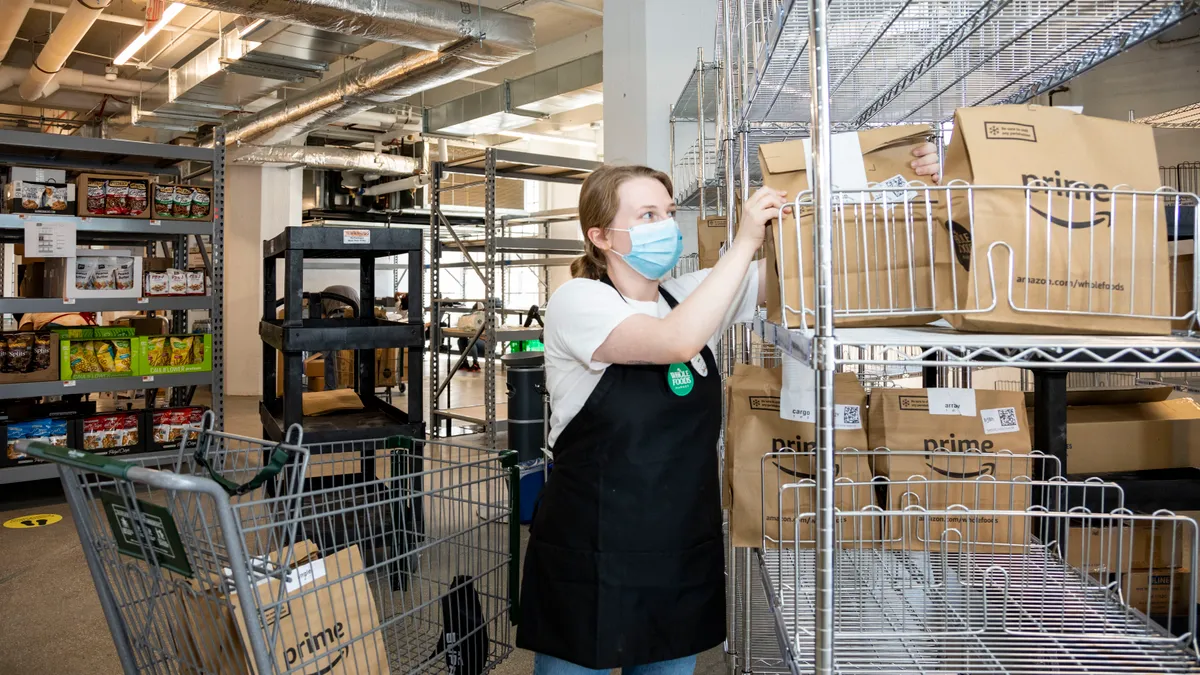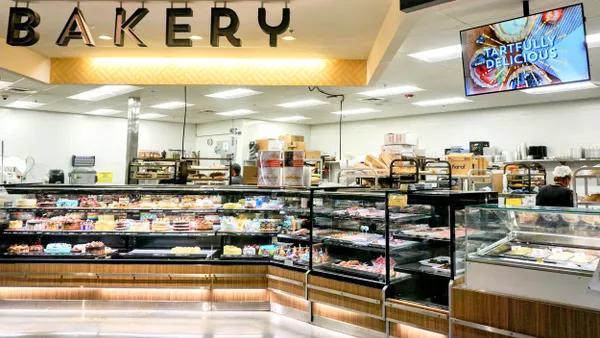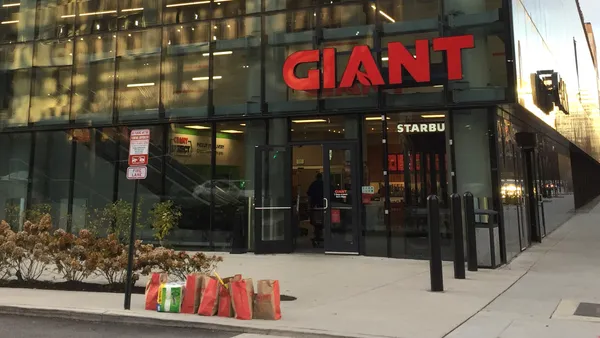Well that escalated quickly.
In just a few months' time, online grocery demand has reached heights many didn't expect for years down the road. Spurred by stay-at-home orders and consumer sentiment ranging from unease to full-blown panic over the coronavirus, e-commerce sales have soared as millions tried these services for the first time. This, in turn, has driven grocers to invest in their platforms, from revamping front-end tools and promotions to building new fulfillment processes like pickup.
As grocers look at all of the possibilities that lie ahead in e-commerce, they probably feel overwhelmed. That's why we want to help. Over the next several weeks, we're going to take a critical look at some of the strategies and technologies that promise to shape the future of online grocery. We're giving a much-needed assessment of micro-fulfillment, which has generated a lot of hype, but requires careful vetting, experts say. We will also look at where pickup and delivery are headed, how retailers are adding value to their apps and websites and much more.
If Amazon buying Whole Foods was the e-commerce shot heard around the world for grocery, then this year's pandemic has been a second, equally piercing blast. The difference is that whereas the 2017 acquisition convinced retailers to come online, the pandemic has forced them to make it a core part of their business.













